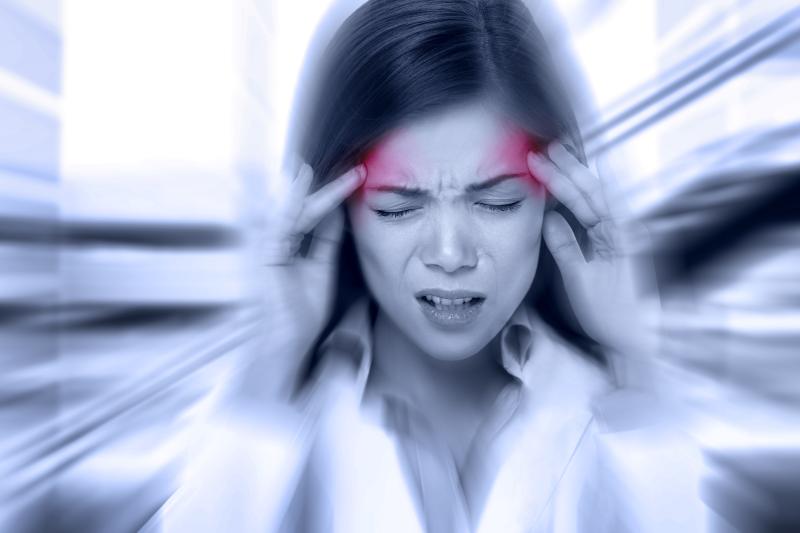
Migraine headaches are common in Singapore and may be a potential risk factor for psychiatric problems, according to a recent Study.
“The study found a significant association between migraine headache and psychiatric disorders and established its negative impact on functioning and disability,” said researchers. “These findings can help to create awareness and encourage holistic coordinated approaches to the management of migraine in healthcare settings.”
In the 6,110 enrolled participants (50.4 percent female), 516 had ever had migraine headaches, with a lifetime prevalence estimate of 8.2 percent. The mean age at onset was 26.4±11.14 years, and 34.3 percent had received treatment in the past 12 months. [Soc Psychiatry Psychiatr Epidemiol 2020;55:33-43]
The elderly participants (age group ≥65 years; prevalence ratio [PR], 0.44, 95 percent confidence interval [CI], 0.21–0.93) and those who were unemployed (PR, 0.70, 95 percent CI, 0.49–0.99) were significantly less likely to develop migraine headaches. In contrast, Malay ethnicity, being female and having a diploma emerged as significant risk factors.
In turn, migraine headaches increased the likelihood of psychiatric problems. Major depressive disorder (MDD), for instance, occurred significantly more frequently in participants with migraine headaches (PR, 2.10, 95 percent CI, 1.47–3.01). The same was true for bipolar disorder (BD; PR, 4.36, 95 percent CI, 2.83–6.72) and generalized anxiety disorder (PR, 2.42, 95 percent CI, 1.34–4.35).
Obsessive-compulsive disorder (OCD; PR, 2.75, 95 percent CI, 1.85–4.09) and alcohol use disorder (PR, 1.60, 95 percent CI, 1.00–2.56) were likewise significantly more likely to develop in participants with migraine headaches.
Poisson regression confirmed these findings. In the fully adjusted model, MDD (PR, 1.60, 95 percent CI, 1.08–2.37), BD (PR, 2.70, 95 percent CI, 1.70–4.29) and OCD (PR, 1.72, 95 percent CI, 1.15–2.55) remained significantly correlated with migraine headaches.
Moreover, those with migraine headaches reported worse 30-day functioning and disability, significantly cutting back on the quality of their work (p=0.01) and not being able to accomplish as much as they normally would have (p=0.03). They also reported that it took “extreme effort to perform up to [their] usual level” (p=0.01).
“The current results indicate that migraine headache is a fairly common chronic physical condition in Singapore,” said researchers, noting an increase from the 5.6 percent prevalence in 2010. [Pain Res Manag 2013;18:185-190]
“The increase in the prevalence of migraine could be due to more individuals seeking treatment for headaches and receiving a diagnosis of migraine as compared to the previous study,” they explained, though other factors may also account for it, such as stress, low physical activity and obesity.
There are many different proposed mechanisms that link migraine headaches and psychiatric disorders, said the researchers. These include having shared genetic roots and pathophysiological problems, such as serotonergic processing and oestrogen response. Future studies are needed to explore causal mechanisms of action between migraine headaches and psychiatric problems and worse functioning. [Curr Pain Headache 2009;13:404-412]